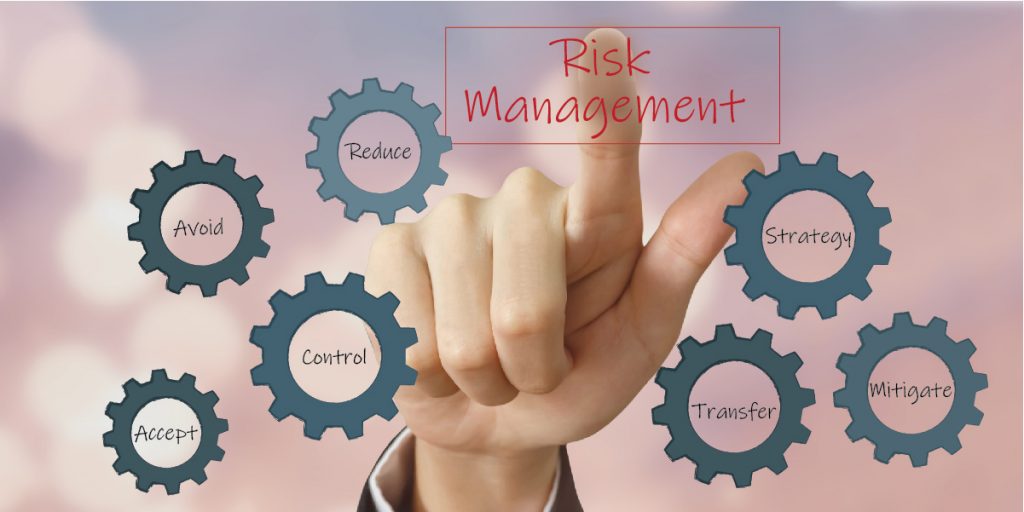
The 5 Steps to Risk Assessment Explained
In any industry, risk assessments are hugely important when it comes to creating a safe work environment, It’s also a legal requirement for employers and self-employed contractors to carry out risk assessments before beginning work that could present a health or safety risk.
A good risk assessment will protect employees, contractors and the public from harm. It should identify hazards and put precautions in place to prevent accidents and ill-health in the workplace.
To help contractors and organisations create safe workplaces, the Health and Safety Executive has outlined five steps they should follow when carrying out risk assessments.
1: Identify the Hazards
Identifying and locating any potential hazards is the first step when carrying out a risk assessment. Several different types of hazards should be considered.
Physical risks include tripping or falling in the workplace, sustaining injuries when lifting heavy materials or working with dangerous machinery. There are also biological and chemical hazards to consider, such as asbestos, chemical cleaning products and infectious diseases. And risk assessments shouldn’t overlook psychosocial hazards that can affect individuals’ mental health and wellbeing, for example, stress, victimisation and excess workload. Every workplace is different, so the types of hazards you identify will depend on your industry and the specific site.
You may be able to spot some physical hazards by simply walking around the workplace and taking note of anything that could cause harm. But to identify the not-so-obvious risks, you could look back over your records of accidents and ill-health to see if there are any patterns. Or, look through instruction manuals from products and equipment used in the workplace `— these can indicate any risks involved in working with these items.
2: Decide Who Might Be Harmed and How
Once you’ve identified the hazards in your workplace, you should consider why these hazards are harmful — what type of injuries or ill-health can they cause? Hazards may pose a single threat, or they may be harmful in more than one way.
As well as detailing exactly how hazards can be harmful, risk assessments should identify who is at risk. This may be all those working on-site, particular groups of workers, visitors, or passers-by. Understanding who could be at risk will help individuals and organisations keep people safe.
3: Evaluate the Risks and Take Action to Prevent Them
This stage is about taking action to create a safe work environment. Evaluate the likelihood and severity of risks and then put in place precautions and control measures.
While you’re not expected to eliminate risk, as often this isn’t possible, you should take action proportionate to the level of risk. This means risks that pose a bigger threat should receive more extensive control measures than low-risk hazards.
The actions taken during this stage could include trialling less risky equipment or products, restricting access too hazardous areas, offering effective, health and Safety training and issuing protective equipment to employees and contractors.
4: Record Your Findings
Recording the findings of your risk assessment means you can use and review the assessment in the future. For employers with five or more staff, it’s also a legal requirement to document the findings of risk assessments and the action taken to reduce the level of risk.
A written risk assessment provides proof that hazards were evaluated and appropriate action taken to reduce risk. This proof can protect your business from legal liability and may be useful when it comes to raising awareness amongst contractors and employees about the potential risks of a worksite.
5: Review the Risk Assessment
Work environments are constantly changing — new people come and go, equipment and products are swapped and trialled, and new materials are introduced. And the more a workplace changes, the less relevant the risk assessment becomes. So to make sure risk assessments are up to date and inclusive of all potential hazards, they need to be reviewed and potentially updated every time there are significant changes in the workplace.
Safety Advisors can help your business or organisation comply with health and safety regulations.
Call out team on 01283 760802 or email info@safetyadvisors.co.uk

